Lina Instagram: @maybebaby_2019
It turned out that my AMH was as low as for a 40-year-old (when I was 30) and the doctor gave me 1-2 years before the eggs would run out. The panic was a fact and I immediately realized that I wanted to have children, as quickly as the octopus before the eggs ran out…
The feeling when they call from the clinic in the morning and say that all the embryos have died is probably one of the most horrible I have experienced…
After the third unsuccessful IVF attempt, the clinic said that my eggs were too bad and that I would probably never succeed in becoming a genetic parent but should try with donor eggs instead…
1
My journey started at a fertility clinic in Stockholm in 2015. Although it was not relevant for me to have children at that time (I lived abroad and was in the middle of my career), but I wanted to know if it was even possible for me to have children in the future. It turned out that my AMH was as low as for a 40-year-old (when I was 30) and the doctor gave me 1-2 years before the eggs would run out. The panic was a fact and I immediately realized that I wanted to have children, as quickly as the octopus before the eggs ran out. It all ended with me changing my entire life style, moving home to Sweden and going to Denmark for inseminations as a single person.
The reason I went to Denmark was that the process was much smoother and also cheaper, no waiting time and no approval via psychologist, but just honk and run at the next ovulation. I went to Denmark and did six inseminations. Got pregnant the second time, but it ended with an early miscarriage. The rest of the attempts were negative. When the inseminations did not work, the natural step was to continue with IVF.
2
I blamed myself very much for the inseminations not working.
I blamed everything on having a stressful job where I worked between 50-80h a week. Before I started with IVF, I also felt compelled to change jobs and started working in a workplace with slightly more humane working hours. Doing IVF was a big step for me. Above all, I thought it was very difficult to be on sick leave from work for the three days needed. I had never been on sick leave for a single day in my life before.
At the Danish clinic I went to, it felt like IVF was something you did on a running band. I had to do short protocol with high dose of gonal F (300-375 i.e.) in three IVF cycles, all three of those with basically the same bad results. Around 12 eggs were obtained, but the fertilization rate was just under 20% and the poor embryos that were obtained died within 24 hours. Once, I had a two-day embryo transferred, and twice the embryo transfer was canceled, simply because there were no embryos to use.
The feeling when they call from the clinic in the morning and say that all the embryos have died is probably one of the most horrible I have experienced. That all syringes and ultrasounds were in vain and not even allowed me to have a chance. My travels to Denmark really hit me hard and even today I don’t even want to visit Copenhagen. After the third unsuccessful IVF attempt, the clinic said that my eggs were too bad and that I would probably never succeed in becoming a genetic parent but should try with donor eggs instead. Since I now needed donation of both eggs and sperm, they could no longer help me in Denmark, but recommended me to go to Spain.
3
It was relatively easy for me to accept that I couldn’t have any genetic children; I never even had to think about whether egg donation was the right way to go. I felt rather relieved that I was not forced to try again with my bad eggs, but now I would have access to healthy and young eggs that hopefully would give me a baby. The first Spanish attempt resulted in a pregnancy where there was no fetus, only a gestational sack and the second one was a minus. The clinic never gave me an explanation and had no plan for how we would do in the future... I was not satisfied and began to look for a new clinic. An acquaintance hinted about O.L.G.A. Fertility Clinic in St. Petersburg that she had heard would be top class. In May 2018, I signed up for one of O.L.G.A. Clinic’s seminars in Stockholm.
4
I wanted a personal consultation with Dr. Olga with a view to exploring my opportunities to succeed with an embryo adoption. I had put together all my treatments, medications and results in a color-marked excel sheet. The first thing Olga said was “oh, we probably need more time than 30 minutes”. Then she thoroughly studied my compilation, asked some follow-up questions and then she said that the clinic wanted to offer me a guarantee program where you combine IVF with own eggs and then if it does not work then you use donor eggs. Olga thought I certainly had the opportunity to have children with my own eggs if I adjusted my treatment and changed protocols and hormones. I was so shocked that I sat and cried. I felt that I had no choice but to accept Dr. Olga’s offer.
Dr. Elena has created my treatment plan and followed me through my stimulation via e-mail. In July 2018 I went to St. Petersburg for a week to pick up my eggs. Dr. Elena has collected 12 eggs (11 mature). 8 eggs fertilized normally and 5 became blastocysts which were frozen. It was a miracle!!!!! The Danish doctors had said that my egg quality was so poor that the eggs couldn’t even be fertilized and that there was no cure for this. This conclusion was also confirmed by a Swedish doctor whom I asked for a second opinion. I was overjoyed and could barely understand that I had five blastocysts in the freezer!
5
In October I went back to St. Petersburg for a FET that failed and I felt really bad. However, the clinic did not lose hope. Very quickly, already a few weeks after my negative test, they booked me into a hysteroscopy where they were able to identify what could be one of the reasons for my infertility. A chronic uterine inflammation. After hysteroscopy, I received several different types of antibiotics and intravenous immunoglobulin treatment on two occasions. At FET #2 on December 8, 2018, on the date exactly two years after my first embryo transfer in Denmark, I became pregnant. On August 19 this year, my miracle, my son Nicholas was born. Without O.L.G.A. Fertility Clinic this would not have been possible and I am forever grateful to them.
Dr. Olga and Dr. Elena discuss:
What has helped?
- Individualized stimulation aimed at production of competent eggs with sufficient levels of energy.
During the first two weeks of the cycle until ovulation, eggs need to multiply their energy resources hundreds of times. Clearly enough — energy is needed to create a viable embryo.
The source of energy for a cell is mitochondria, small organs inside the cell cytoplasm. Mitochondria, and hence energy resources for embryonic development only come from the egg — a sperm does not bring anything more than a half of a genome. If a cell were a city, mitochondria would be the power stations of this city.
Evidently, short, high dose protocols do not help eggs collect enough energy for fertilization and embryonic development.
If protocol is too short, formally mature eggs are collected, which fail to get fertilized and develop due to low energy resources. Mitochondria did simply not manage to multiply in sufficient amounts.
A slower, but longer stimulation has given 11 mature eggs, 8 were normally fertilized and 5 blastocysts of good morphology were obtained. (Previously Lina has had 3 IVF cycles, fertilization rates of 20%, and only one embryo on day two was available in all three of Lina’s previous IVF cycles). - Hysteroscopy has found chronic inflammation. Antibacterial, antiviral and immune therapy, before embryo transfer, has been used.
- Doing one step at a time is our main strategy.
As you can see, Lina had several reasons of infertility: egg quality, chronic inflammation, and immunity. All these issues cannot be fixed in one go. We had to split the process in to three steps:
- As the first step, we focus on getting competent eggs and viable blastocysts. Clearly – having usable material for embryo transfer decides if we are able to do the next steps or not.
- We freeze blastocysts via vitrification to stop time for them, for a while; we need time to optimize maternal factors directly before embryo transfer.
- We do hysteroscopy to investigate the situation in the uterus and have opportunity to treat problems surgically, use antibiotics, antiviral and immune therapy.
- Embryo transfer frozen-thawed blastocyst is done into the optimally prepared endometrium in a specifically timed implantation window.
We hope we can help more women become mothers using their own eggs. If you wish to discuss your situation and options with your doctors, please contact us!


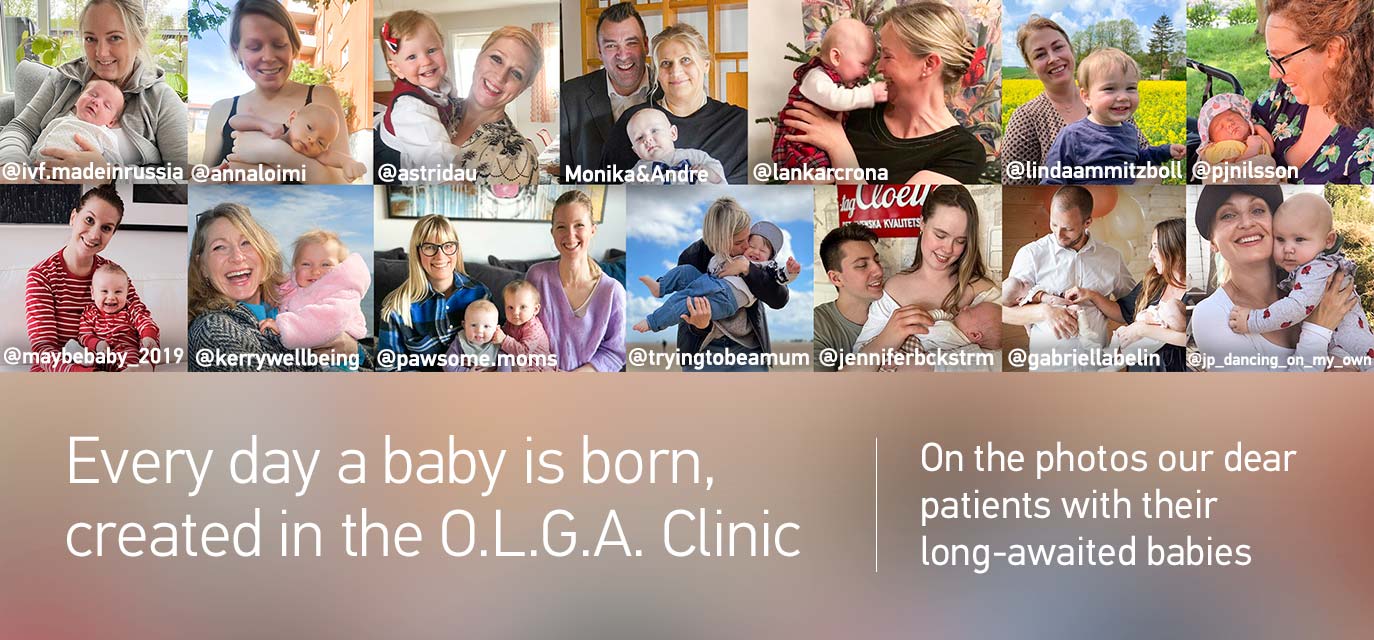








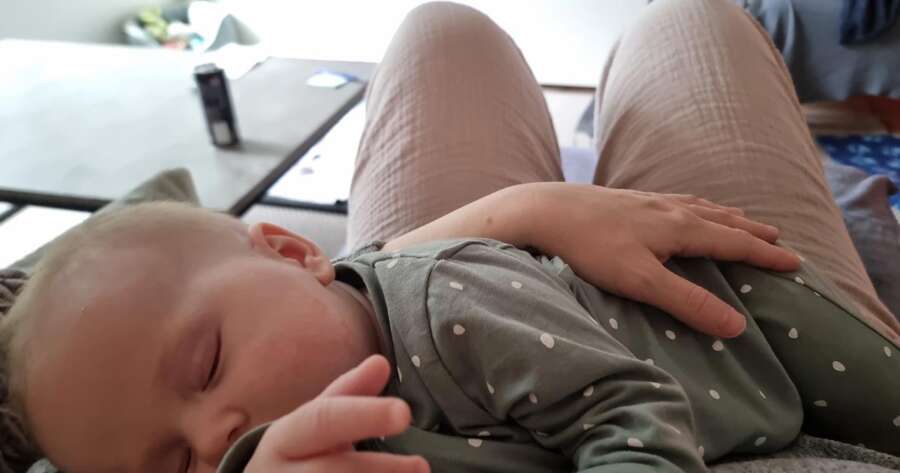
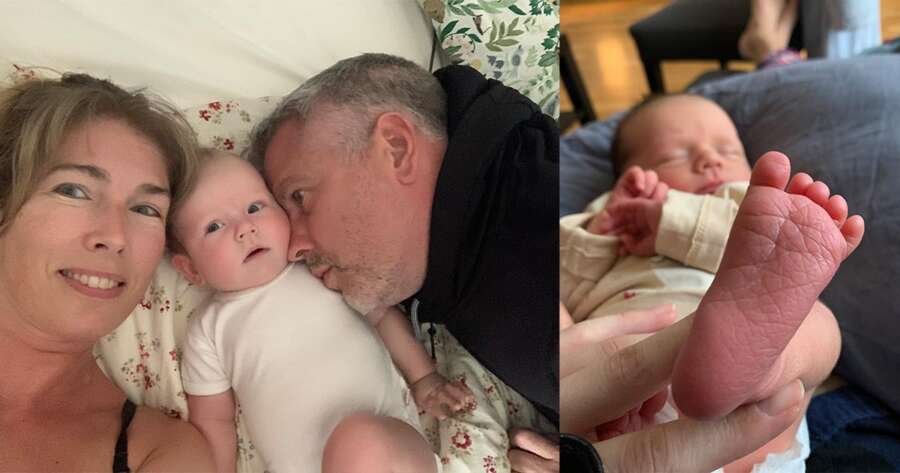
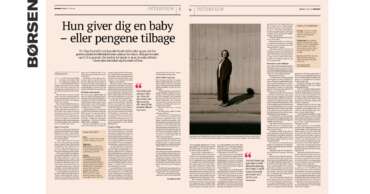
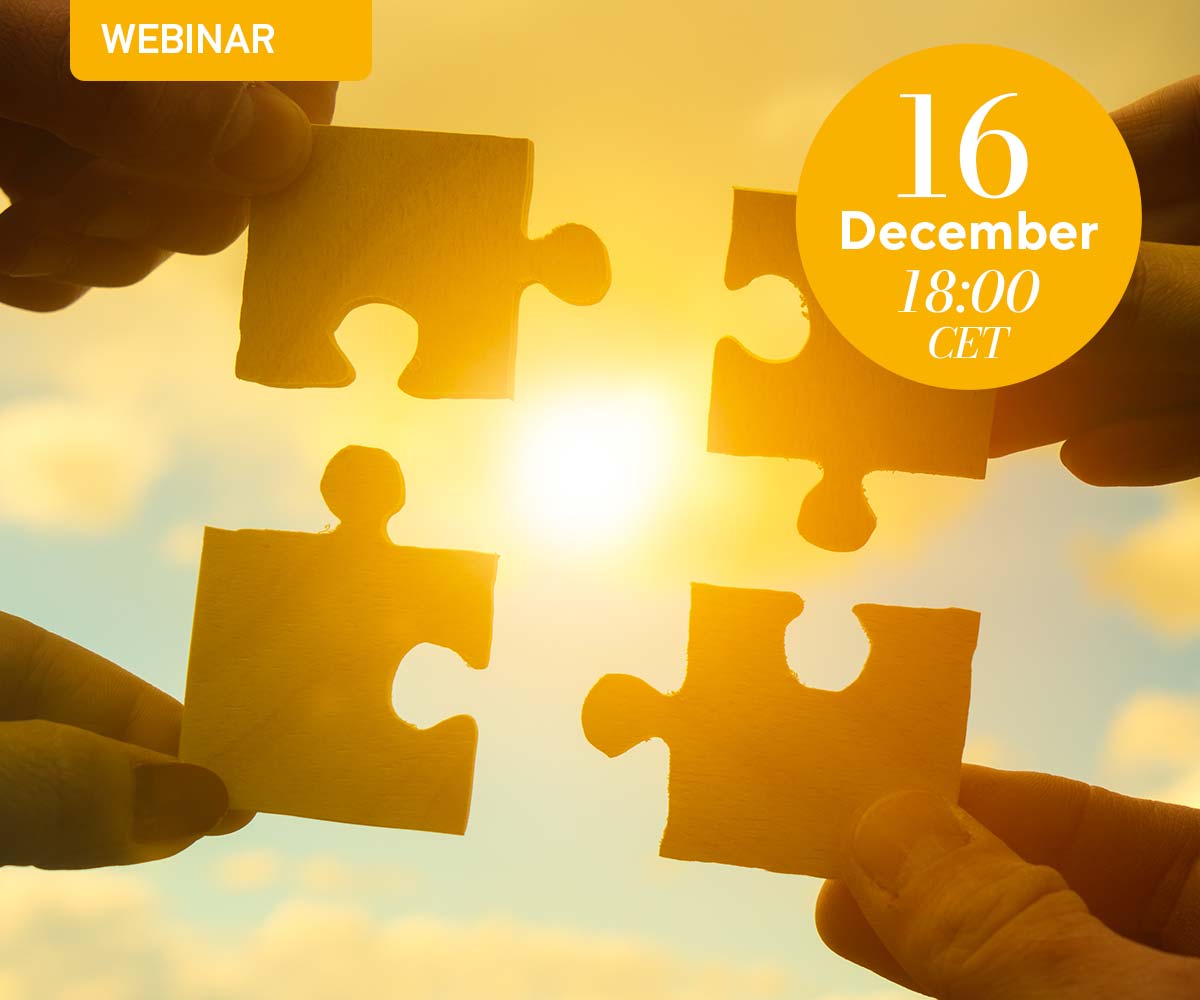
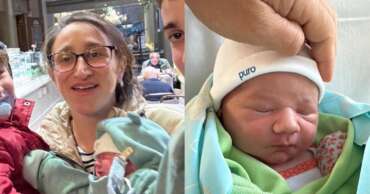
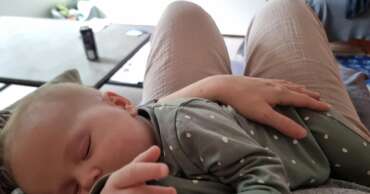
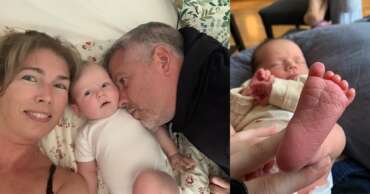
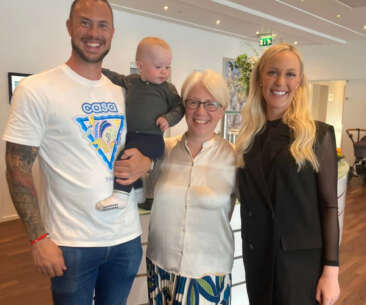
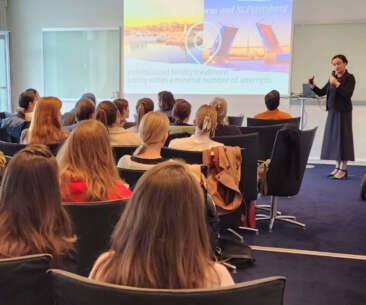
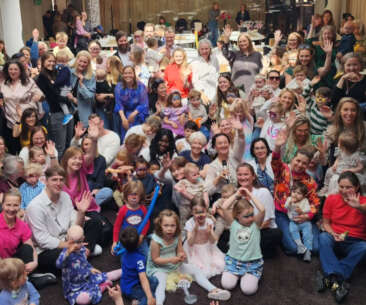
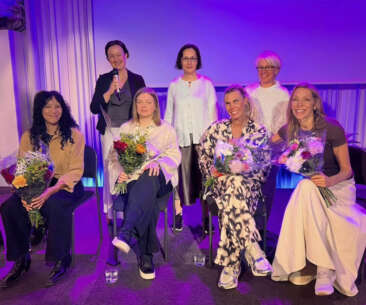
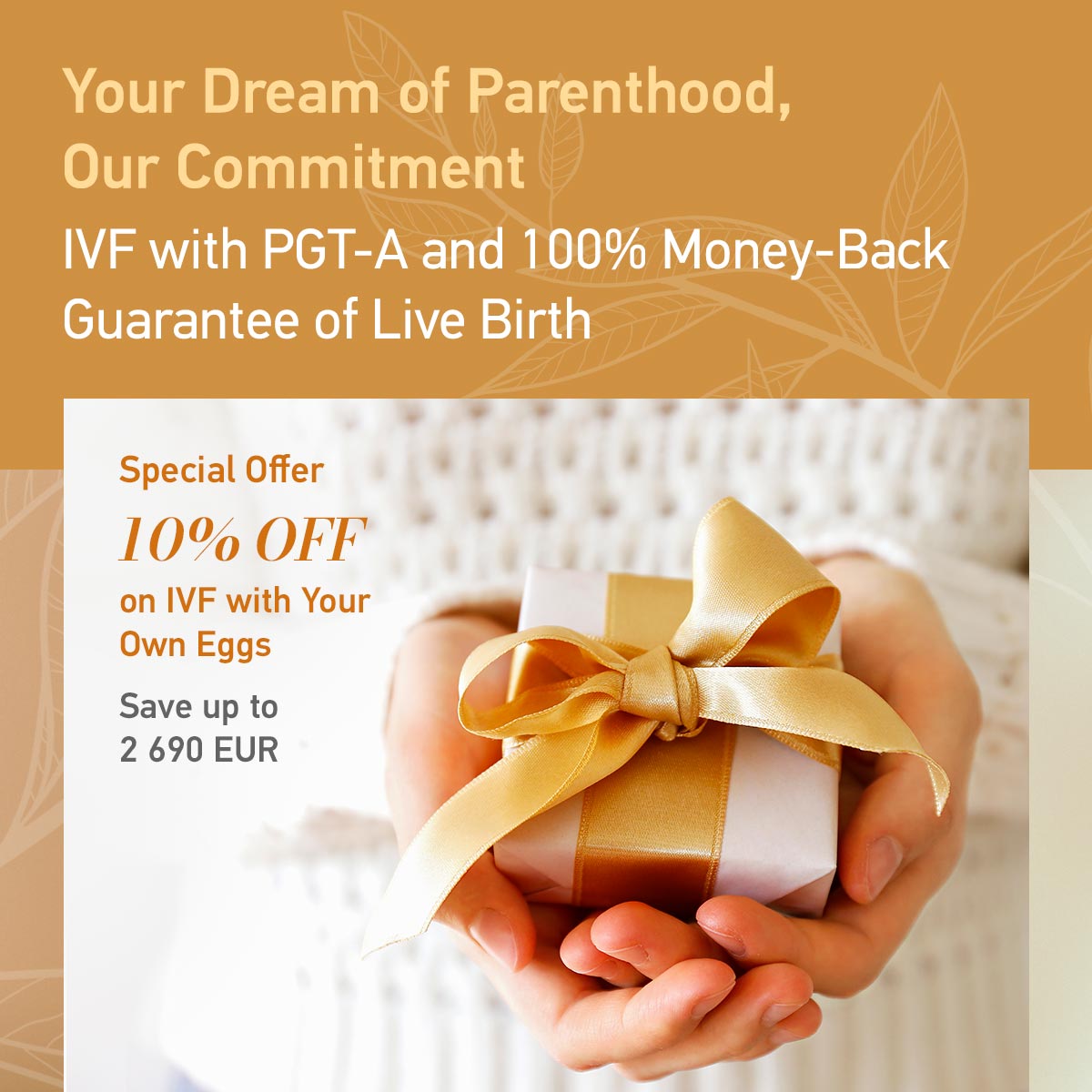
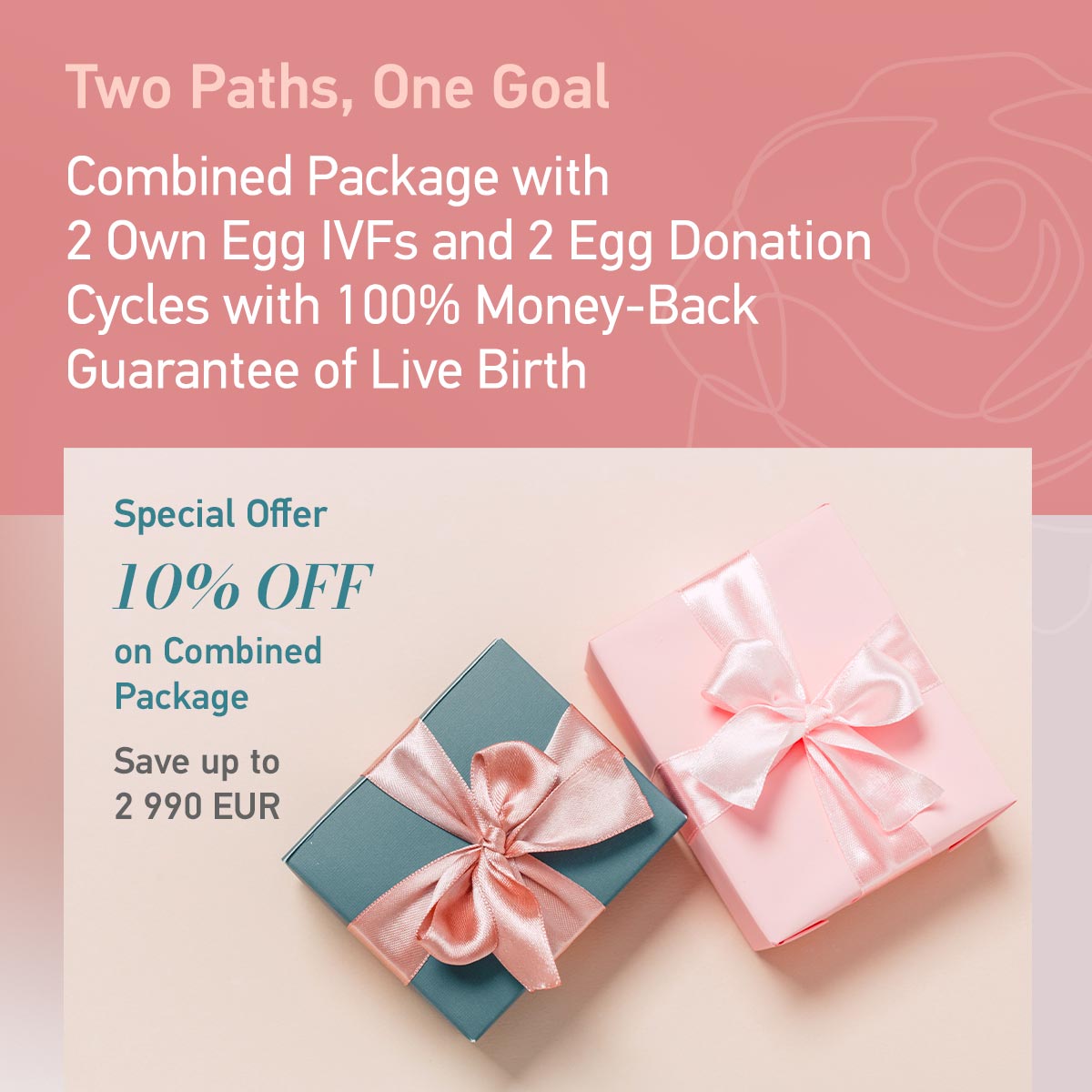
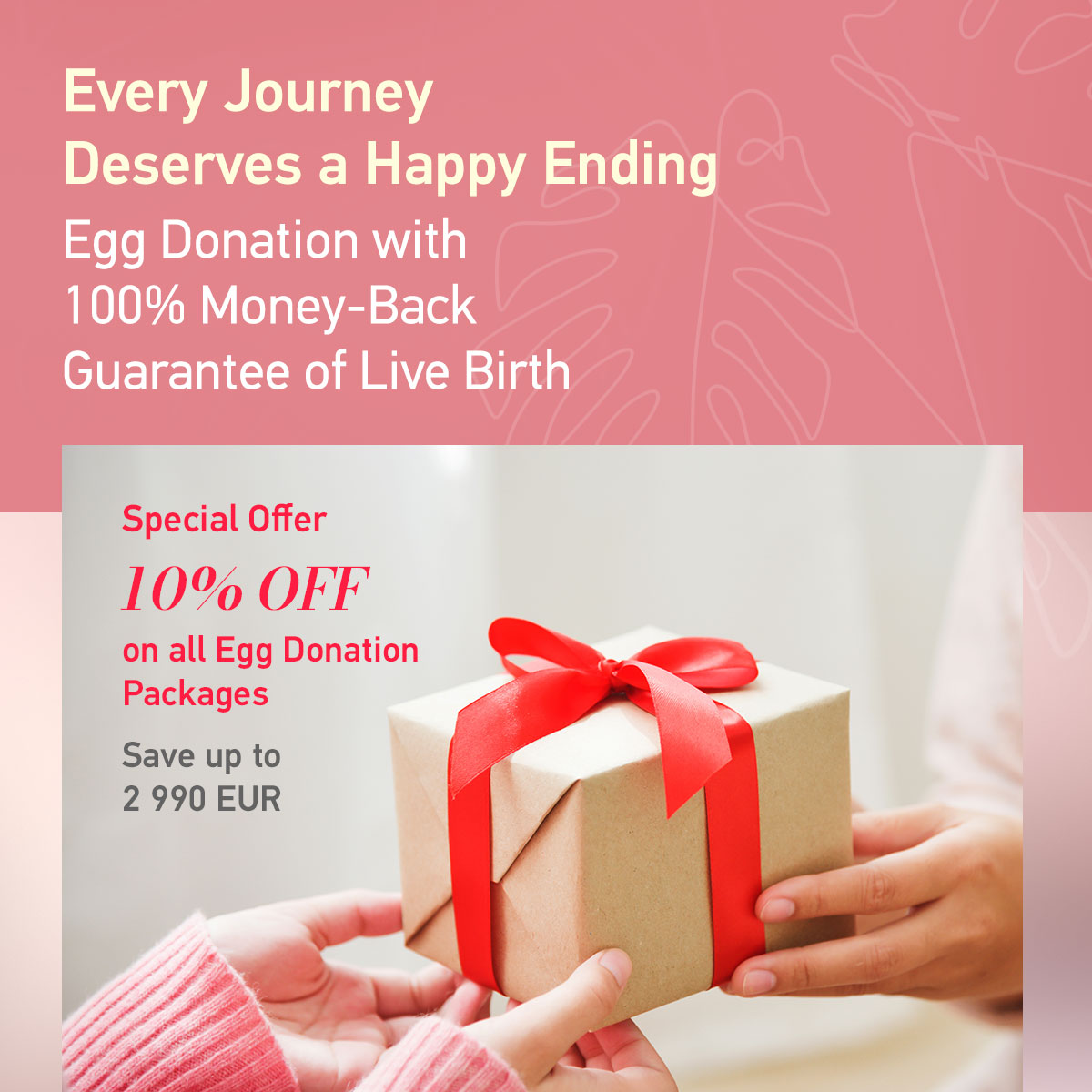



Comments are closed.